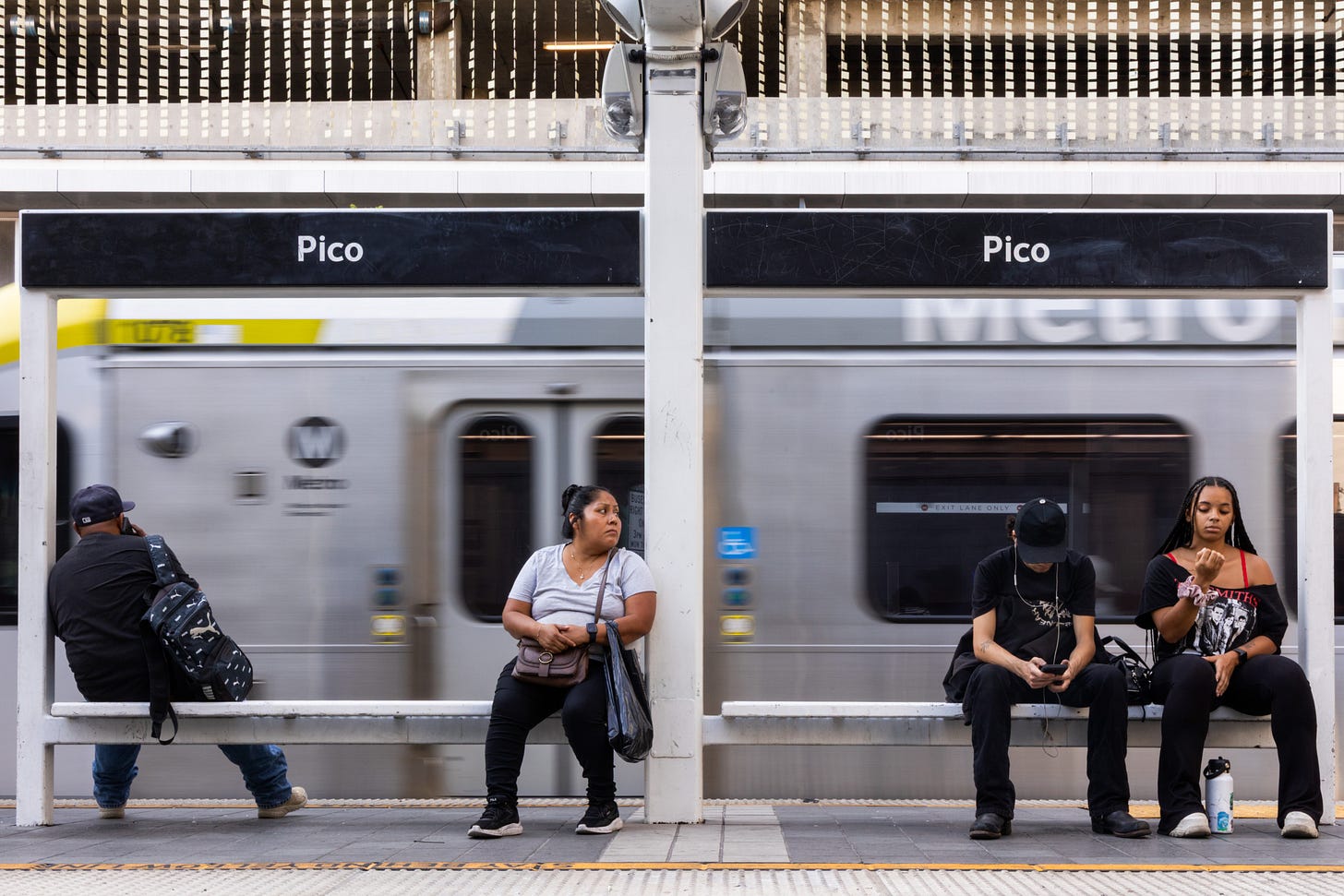The problems with transit have nothing to do with crime
Public transit is one of the safest ways to get around — it’s just too slow.

At first, the horrific murder of Iryna Zarutska on a train in Charlotte did not attract much attention outside of North Carolina. But when video of the knife attack was released, weeks after the event, it went viral on X, generating some pretty unenlightening discourse.
Charles Lehman and Rafael Mangual managed to break through with a useful article on the problem of people with both severe mental illness and repeat criminal offenses. But because the murder happened on a light rail line, a lot of the discourse was about mass transit (mostly tweets, but also a Noah Smith post).
And for the most part, I think this conversation has only served to distance us from the truth.
The general thrust of the commentary is essentially that if urbanists want people to take mass transit, they need to take crime and rider safety more seriously. And I certainly do not think American cities should take transit crime and rider safety less seriously. It’s unfortunate when riders encounter disorderly conduct of any kind on trains, and it’s of course unbelievably terrible when someone is murdered.
Yet I’m worried that we’re losing sight of three important points:
It’s not true that transit is unsafe compared to other ways of traveling.
It’s not true that making transit safer would generate significantly more transit ridership in most of the country.
It’s not true that transit crime is a major contributor to the overall problem of crime in the United States.
I think that a lot of what we’re seeing here is an unfortunate New York-ification of American political discourse.
Keep reading with a 7-day free trial
Subscribe to Slow Boring to keep reading this post and get 7 days of free access to the full post archives.

